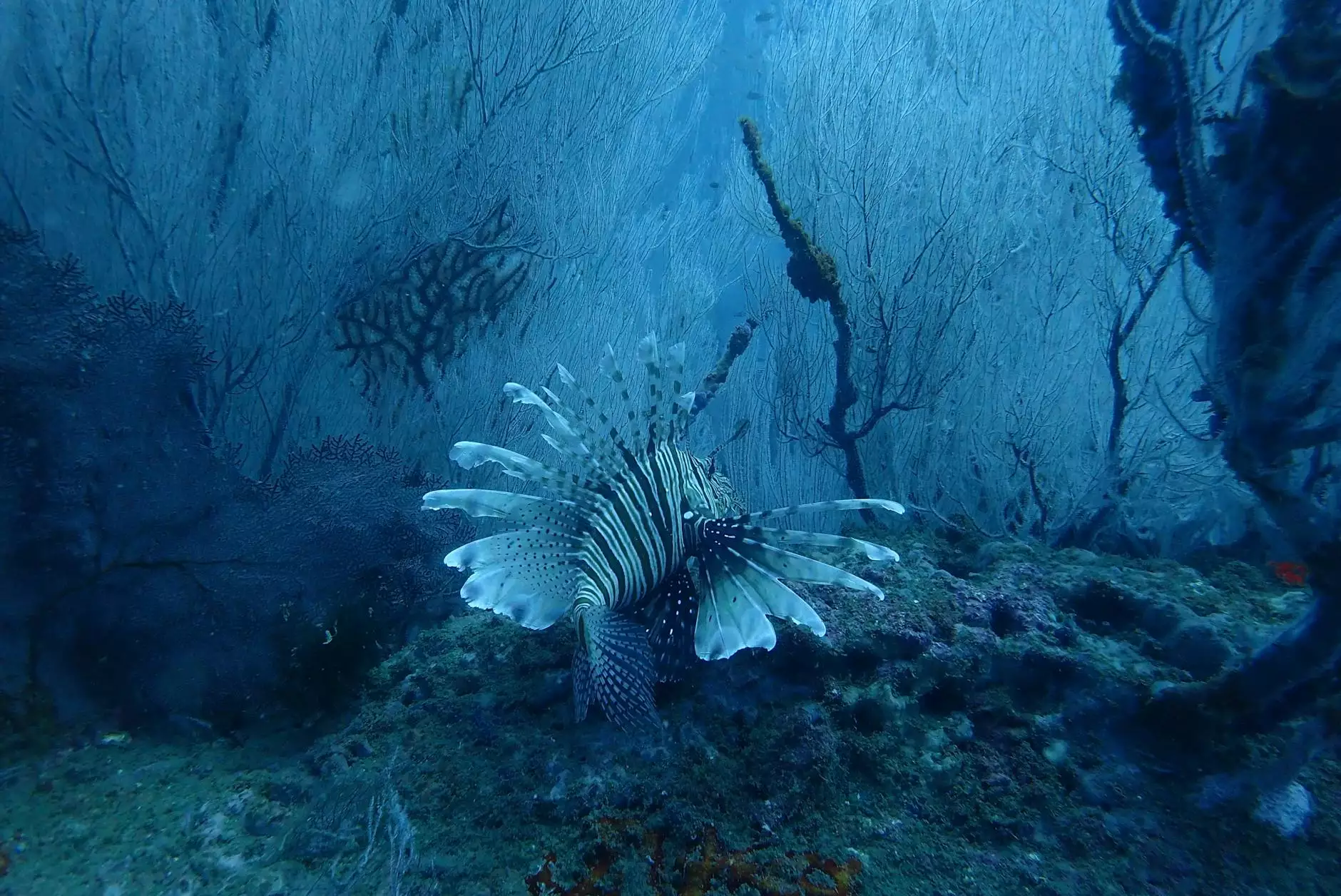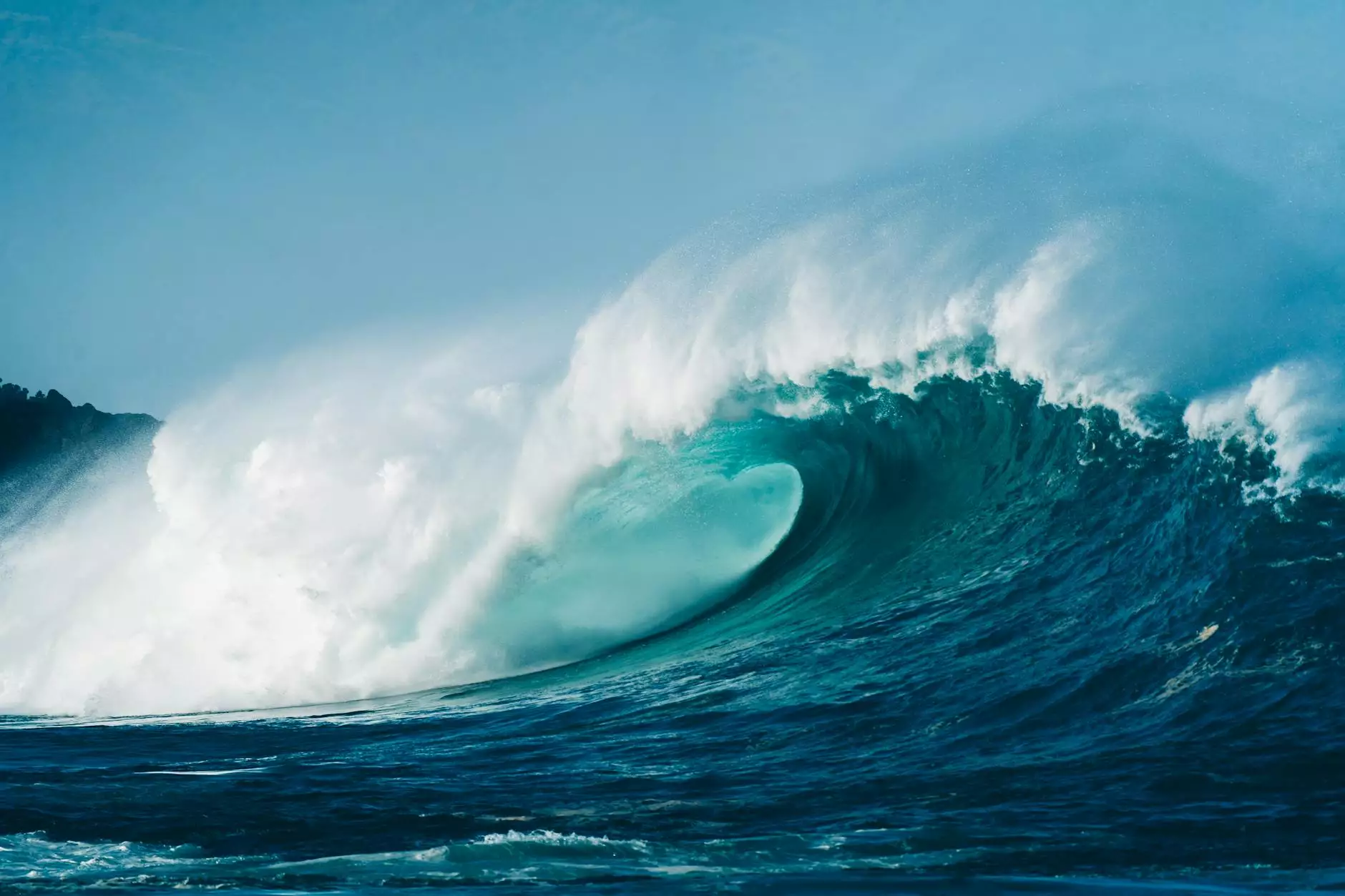MD Announces 2017 Striped Bass Regulations
Rockfish Fishing
The Latest Updates on Striped Bass Regulations in Maryland
Welcome to the official page of Bill 4 Bills Sportfishing, your go-to resource for the latest news, updates, and insights on fishing in Maryland. In this article, we will discuss the 2017 striped bass regulations announced by the Maryland Department of Natural Resources (DNR) to ensure sustainable fishing practices and the preservation of this iconic species.
Understanding the Importance of Striped Bass Conservation
The striped bass, also known as rockfish, is one of the most sought-after fish species in Maryland. However, due to overfishing and various environmental factors, their population has faced significant challenges. It is crucial to implement and follow responsible fishing regulations to protect the striped bass population and maintain a healthy ecosystem.
Key Highlights of the 2017 Striped Bass Regulations
The DNR has introduced several regulations to help conserve the striped bass population. Here are the main highlights:
- Minimum Size Limit: The minimum size limit for keeping striped bass is 20 inches for the Chesapeake Bay and tributaries and 28 inches for coastal waters.
- Creel Limit: Anglers are allowed to keep one striped bass per day within the specified size limit.
- Seasonal Restrictions: The fishing season for striped bass varies depending on the region. Make sure to check the DNR website or consult local fishing guides to stay up to date with the latest season dates.
- Tackle Restrictions: The use of certain types of tackle, such as gaff hooks or multiple hooks, may be prohibited. Familiarize yourself with the specific regulations and ensure compliance to avoid penalties.
Fishing Tips and Strategies for Striped Bass
Catching striped bass requires knowledge, skill, and patience. Here are some useful tips and strategies to enhance your fishing experience:
- Location: Striped bass are known to inhabit the Chesapeake Bay, coastal waters, and tributaries. Research and identify productive areas based on factors like water temperature, depth, and structure.
- Bait and Lures: Experiment with different bait and lures, such as live bait (e.g., bunker or menhaden), soft plastics, and topwater plugs. Understanding the feeding habits of striped bass can greatly improve your chances of success.
- Time of Day: Striped bass are more active during low light conditions, such as dawn and dusk. Plan your fishing trips accordingly for optimal results.
- Techniques: Popular techniques for catching striped bass include trolling, casting, and jigging. Always be adaptable and try different techniques to find what works best in a given situation.
Responsible Fishing Practices
Preserving the striped bass population and the environment should be a top priority for every angler. Here are some practices to ensure responsible fishing:
- Catch and Release: Consider releasing striped bass that are below the minimum size limit or those that you don't intend to keep. This helps conserve the population and ensures sustainable fishing for future generations.
- Proper Handling: When handling striped bass, use wet hands or gloves to minimize stress and potential harm to the fish. Avoid dragging the fish on the ground and handle them with care before releasing them back into the water.
- Litter-Free Fishing: Dispose of any waste properly and do not leave behind any litter. It is our collective responsibility to keep our waterways clean and free from pollution.
Stay Informed, Fish Responsibly
Bill 4 Bills Sportfishing encourages all anglers to stay informed about the latest striped bass regulations and practice responsible fishing. By following the guidelines set by the Maryland DNR, we can ensure the continued health and abundance of this magnificent species.
Remember, fishing is not just about the catch; it's about forming a connection with nature and enjoying the experience. Let's protect our resources and share the joy of fishing with future generations.



